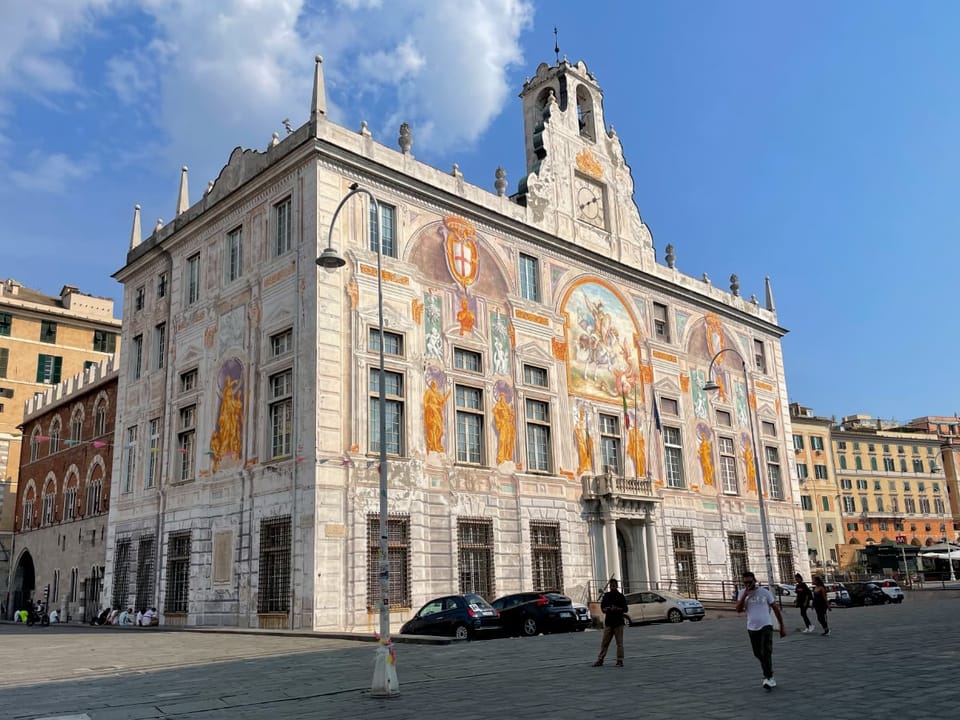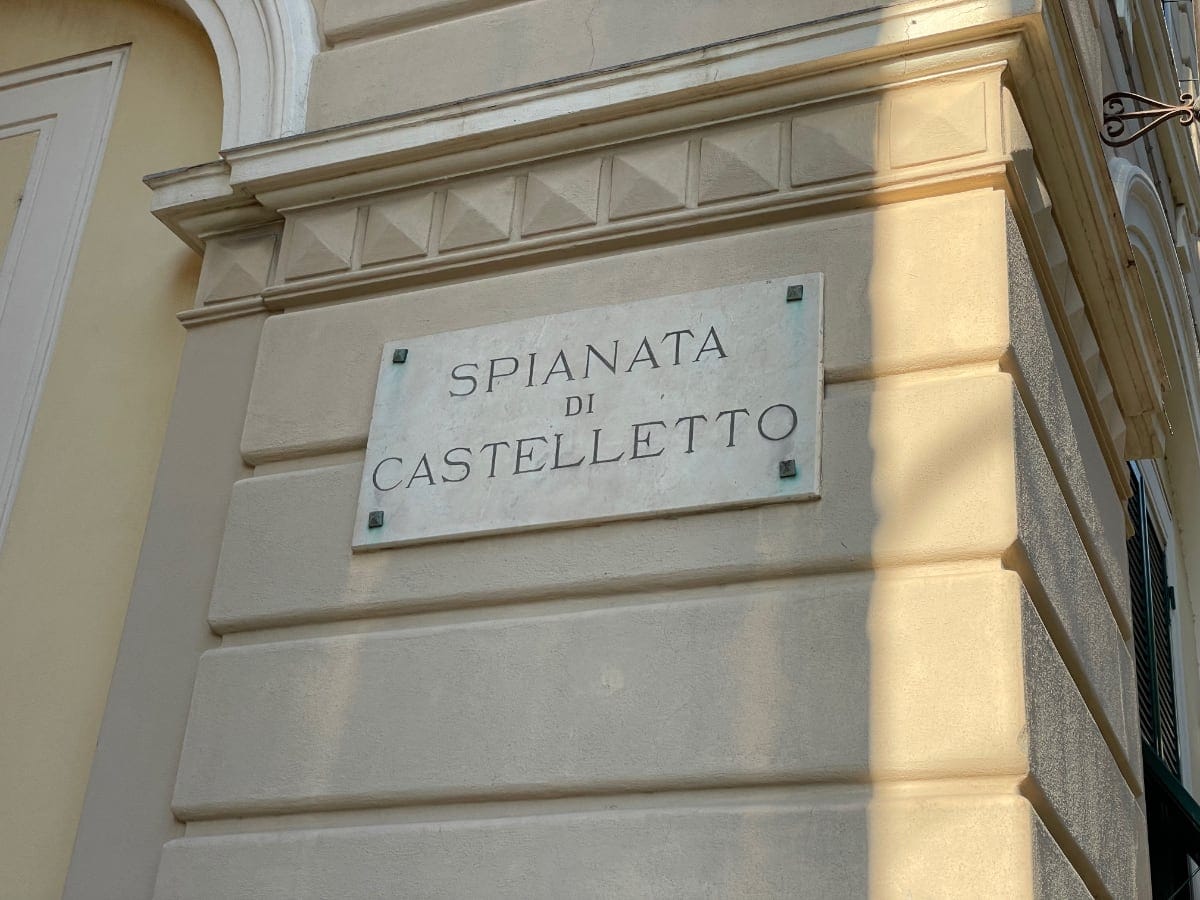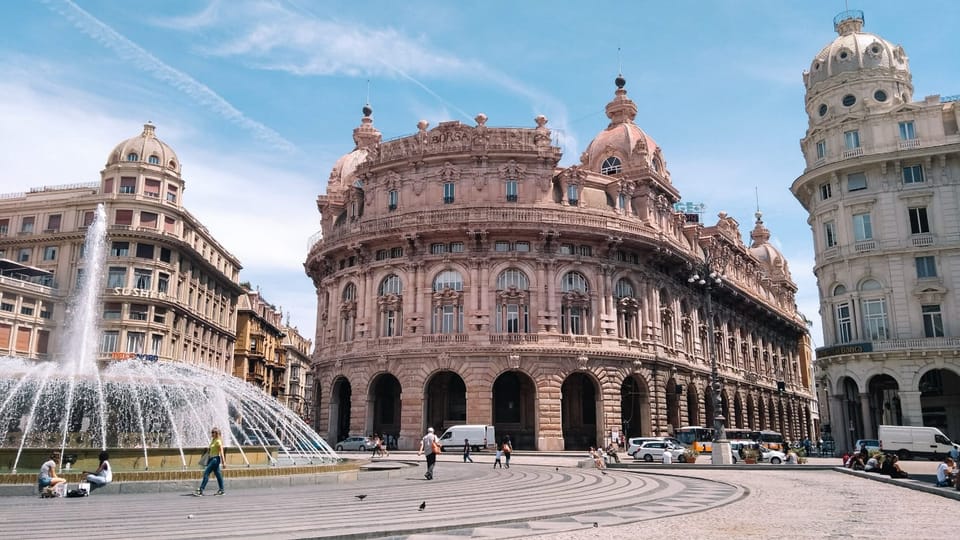Navigating Genoa: A Practical Guide to Transportation

Genoa, with its labyrinthine historical center and unique location nestled between the sea and mountains, can initially bewilder visitors. This guide will help you navigate the “Superba” efficiently, saving you time and money.
The Metro: Small but Effective
Although Genoa boasts just one metro line, it serves as a quick way to travel between key points in the city. Spanning from Brin to Brignole, the line includes important stops like Principe (main train station) and De Ferrari (city center). Trains run frequently, from 5:00 AM to midnight, making it an excellent choice to avoid heavy traffic during rush hours or as a convenient option during Liguria’s frequent rainy days.
Historical Elevators: A Genoese Specialty
One of Genoa’s most unique features is its public elevators, which bridge the height differences between the city’s lower and upper sections. The Castelletto elevator is the most iconic, offering breathtaking panoramic views of the old town and the harbor. Other handy elevators include Sant’Anna and Montegalletto. These are integrated into the public transport system and can be used with regular AMT tickets.
Buses and Funiculars: A Comprehensive Network
AMT’s bus network covers the entire city. Key routes for tourists include Line 1 (along the coastline from Voltri to Nervi), Line 13 (connecting the center to Castelletto), and Line 34 (reaching the hilly districts). The funiculars, such as Zecca-Righi and Sant’Anna, complement the city’s transportation system, providing easy access to stunning viewpoints.
Driving in Genoa: Pros and Cons
While driving into Genoa might be convenient, navigating the city center can be challenging. Traffic is dense, parking is limited and expensive, and many areas are restricted traffic zones (ZTL). If you decide to drive, consider park-and-ride facilities like Marassi or Dinegro, which connect to the center via public transport.
Tickets and Passes
The easiest way to explore Genoa’s public transport system is with the Genova City Pass, which offers unlimited access to public transportation and entry to various museums. Alternatively, you can purchase day passes or 10-ride tickets, available at kiosks, tobacco shops, and metro station ticket machines.
Exploring the Historical Center on Foot
The historical center, with its characteristic “caruggi” (narrow alleys), is best explored on foot. Most major attractions are within a short walking distance, including the Old Port, San Lorenzo Cathedral, Piazza De Ferrari, and Via Garibaldi. Comfortable shoes are a must, as many streets are steep and paved with cobblestones.
New and Noteworthy Updates for Visitors
- Recent Openings: Several new restaurants have opened in the city, offering innovative takes on traditional Ligurian cuisine. For example, “Osteria del Mare” near the Old Port specializes in sustainable seafood.
- Environmental Initiatives: Genoa has recently expanded its pedestrian zones, making it even more pedestrian-friendly. The waterfront area has also undergone revitalization, with new green spaces and bike lanes.
- Upcoming Events: Don’t miss the “Rolli Days” in May and October, when Genoa’s UNESCO-listed palaces open their doors to the public. The Genoa Boat Show, held every September, is another highlight for maritime enthusiasts.
Practical Tips
- Download the AMT Genova App to view schedules and routes in real-time.
- Avoid driving during peak hours (8:00–9:30 AM and 5:00–7:00 PM).
- Be aware that some historical elevators may be temporarily out of service for maintenance.
- Night buses connect the center with main districts after regular service hours.
- Taxis are available at key points or can be booked via apps.
By following this guide, navigating Genoa becomes a breeze, leaving you free to immerse yourself in the wonders of this historic city.



